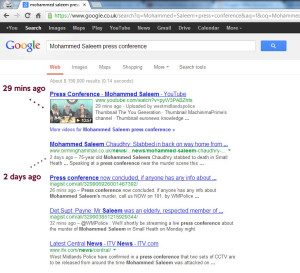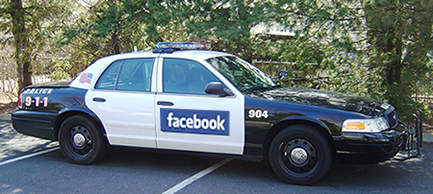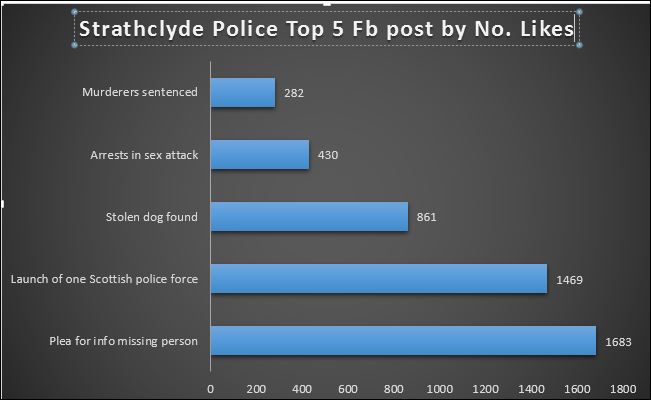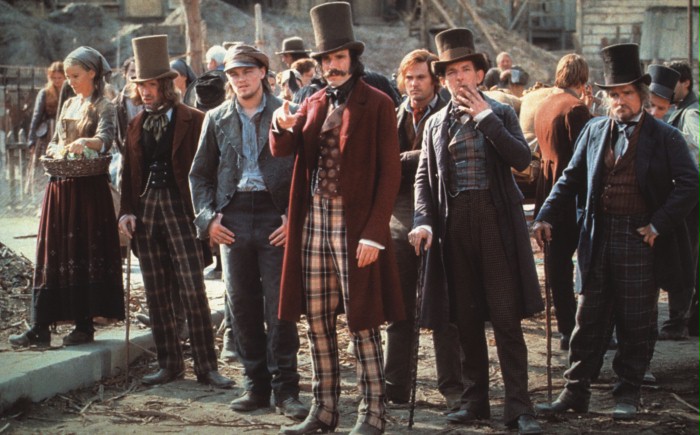 Police departments of old always operated by one simple motto…”nothing to see here, move along.” In the age of social it’s hard to change that mentality, especially if you we’re raised with the above motto. Police held their information close to the vest and hardly communicated at all with the public. When you used to see several police cars on a street in the middle of the night citizens were left wondering, “what’s going on.”
Police departments of old always operated by one simple motto…”nothing to see here, move along.” In the age of social it’s hard to change that mentality, especially if you we’re raised with the above motto. Police held their information close to the vest and hardly communicated at all with the public. When you used to see several police cars on a street in the middle of the night citizens were left wondering, “what’s going on.”
I remember a day not so long ago when you said nothing, “don’t talk to the press,” “I can’t comment, please speak with the PIO,” “an official statement is forthcoming.”
Now news doesn’t break, it tweets. Information moves so fast, that if you wait for an official press release, the information is old news.
So when you think about social media strategies, it boils down to one simple trick, Be Social. Here is my simple strategy for police departments and the use of social media.
1. Listen
After you accept that social media has a role to play in your departments communication, the majority don’t yet know how best to use them. This is why it is important to listen first. I remember when I started Twitter for my department, all I did was scour social media sites listening to what people were saying. What they were saying about my city, my department, and what they were doing in the community.
Social media is an amazing source of insight, offering unfiltered evidence of people’s behaviors and attitudes. Listening to what they are saying online allows you to get a glimpse of what is going on in your community. Listening also helps us decide what kind of information will be received by your followers and what content we can use to engage the public. For example, by monitoring the community we were able to create a better traffic awareness plan for traffic safety and enforcement.
But it doesn’t stop there.
Once you are engaged with your community the listening doesn’t stop, but becomes an ongoing process. People’s conversations continues during and after we act, we have to keep asking questions to understand the people’s needs and wants.
Active listening is required- giving feedback is important to make clear that we are really listening. It sends a powerful message: ‘you are important, and we are listening.’
2. Participate
Talk to people. The driving force behind social media is ordinary people sharing their experiences online with a broad community. This includes how they have been touched by your “brand,” both in a positive and negative light. It is important for law enforcement to tell their own story, rather than letting our customers, or detractors, including the media, tell it for us.
Social media requires conversation, unlike the old press release days were we guarded our information and put out only what we thought was relevant content. Departments must foster mutually beneficial dialogue and information exchange. Unlike standard operating procedure, we use our community to help do our jobs. People call the police and we respond. People tell us there is a problem and we respond. An informant tells us there is illegal activity and we respond. Doesn’t sound much different, does it. We must foster our relationships with the social media community to respond to their needs. We must create that dialogue with our online community which involves sharing, attention, interest, understanding, and activity.
Once we have fostered that relationship, obtained followers and likes, etc. we must then give them something to talk about. Your followers are interested and want to know what’s going on. People want to see the good things your department is doing in the community. What I found from my listening efforts is that people want to see all the good things your department is doing. Some of our best responses from our community have been showing the better side of police work, the officer retiring after 30 years. The
youth cadet program that wins an award, the citizen going on her first ride along at 86 years old.
Television media is filled with horror and bad things people go through, even department
or officer controversy, what your people want, and will talk about, is how their
department is doing great things in the community.
Being a police department is not a brand that people are naturally going to talk about or
engage with, but by tapping into these ‘relevance by association’ topics as I’ve touched
on above, will get people talking about what they are passionate about, seeing their
community grow from your departments involvement in it. The key is to generate
content or a story that both it, and the community can participate in together.
3. Monitor and Optimize (Return on Investment)
Measuring behavior within social media for law enforcement is different from traditional businesses because there are so many more actions that are measurable and do not rely on sales. Measurements such as posts, comments, links, votes, views, likes, retweets, are just a few which are comparable to traditional media sources.
Constant, on going measurement is vital. This can be used to measure the success of content but also to continuously develop conversations and drive your ‘brand.”
Some possible metrics for measuring social media for public safety are as follows:
Behavioral metrics are used to gauge the level of attention or engagement your activity Is generating, for example the volume of conversations or mentions. Share of conversation, meaning what proportion of conversations are about your department.
Awareness, perception, and sentiment metrics are used to see how much time people are spending on your sites, and what impact traditional media is having on social behavior online.
Attitudinal or sentiment metrics can be used to gauge your activity’s emotional responses or impact on attitudes to your brand.
Ecosystem metrics can be used to get a sense of the wider impact of your activity, for example what is the origin of the conversation? Which local followers, sources, and sites are influential? The number and activity of fans and followers can also be measured.
Final Thoughts
The use of social media should not be used like conventional media. Social networks, networks of people, are not mass media channels.
Social media is not a cure. It is a tool for public safety to use along with other means of communication and engagement.
Social media grew from the ground up, by the people, and for the people. It cannot be run from the top down.
Finally, social media is not a campaign, it’s an ongoing commitment to talk with the people in your community, as I said at the beginning it’s all about being social, talking, something we do every day. But remember, once you are out there, you have to stay out there.

Officer Chris Rasmussen has been in Law Enforcement for 22 years having served with the San Francisco Police and the Redwood City Police Department. Officer Rasmussen was one of the founding members of the Redwood City Police Social Media Team. He has also worked with the City of Redwood City on developing the Citywide social media policy. Officer Rasmussen was one of the founding members and coordinator of the Bay Area Law Enforcement Social Media Group (#BALESMG). Chris has 20 years of experience as a Law Enforcement Trainer in a variety of fields including Use of Force, defensive tactics, tactical baton, TASER, community policing, and social media. Chris is also a member of the police honor guard, patrol rifle team, and is part of the Technology Committee for the department.
 This screen capture shows how Google favours a LIVE Video and rewards that in Search. We also have a few new features with Google+ Hangouts like a LIVE Rewind button that gives the audience complete control.
This screen capture shows how Google favours a LIVE Video and rewards that in Search. We also have a few new features with Google+ Hangouts like a LIVE Rewind button that gives the audience complete control. Mike Downes – Teacher, Broadcaster, Google+ Hangout Specialist
Mike Downes – Teacher, Broadcaster, Google+ Hangout Specialist











